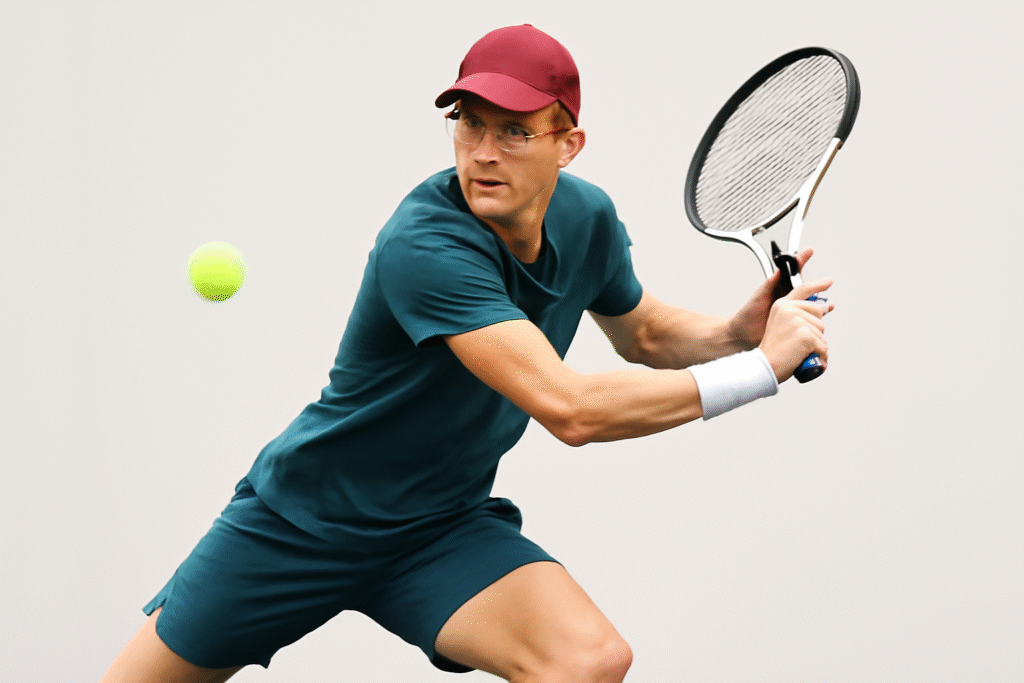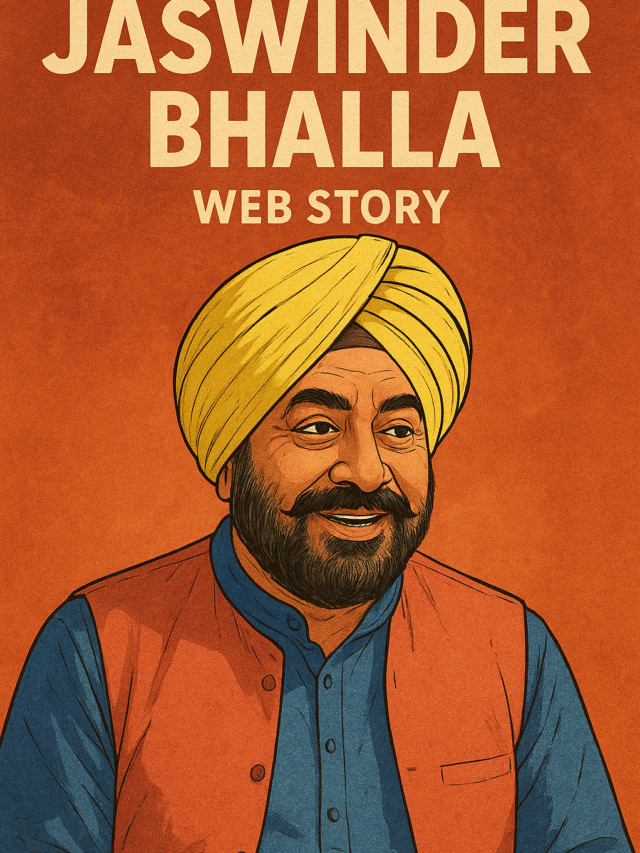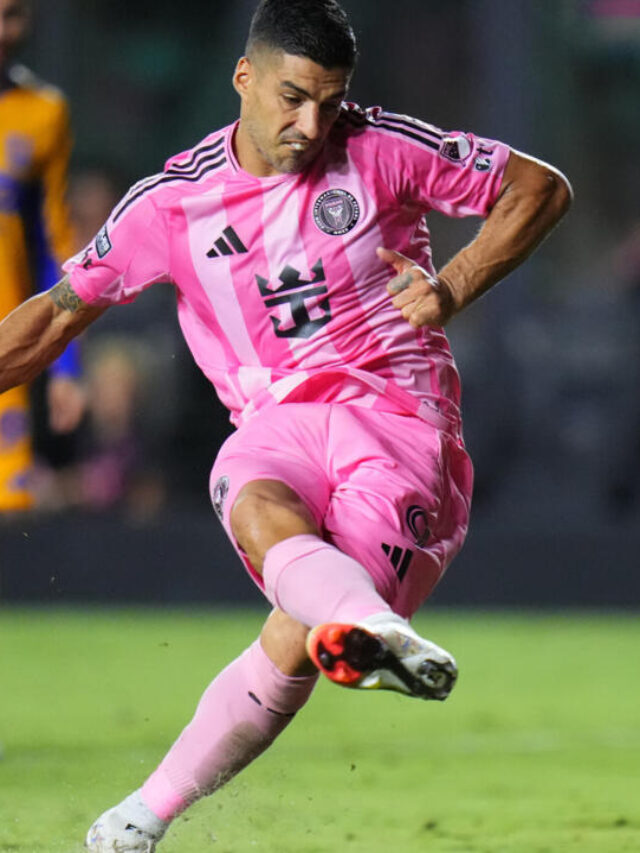From Slopes to Courts: An Unusual Beginning
The Game: Precision With Power
Sinner’s tennis is a study in efficient violence. His forehand jannik sinner is direct and penetrating; his backhand—particularly down the line—is a weapon that cracks open rallies with ruthless precision. What sets him apart is not just power, but placement and repeatability. jannik sinner hits hard to lines without overhitting. He takes time away without rushing himself. jannik sinner exerts pressure not only with pace but with predictability of depth.
-
Serve: The serve has matured from functional to forceful. His first-serve percentage and spot-serving have improved, turning early-point aggression into a consistent platform for dominance.
-
Return: One of the cleanest returners of his generation, Sinner stands on or inside the baseline, meets pace with pace, and neutralizes servers who typically dictate. He doesn’t chip; he challenges.
-
Movement: The skier’s body shows up in transitions. Sinner changes direction smoothly, maintains posture under duress, and slides on hard courts with confidence. His recovery steps are precise—no wasted motion.
-
Mentality: He plays the scoreboard like a grandmaster. Rarely rattled, he sequences patterns across games, not just points. His reaction to pressure is to simplify: go bigger, but cleaner.
Coaching, Team, and Evolution
Signature Wins and Defining Moments

Style and Identity: Ice in the Blood
Why Jannik Sinner Resonates Now
A modern blueprint: Sinner is the prototype for post-Big Three excellence—fitness, fundamentals, and fearless ball-striking.
A cultural moment: Italian tennis has exploded, and Sinner sits at its apex, alongside a generation that’s pushed the sport into mainstream entertainment.
A global temperament: Reserved but relatable, he feels familiar to fans from Tokyo to Turin. The understated athlete who lets results speak.
A sustainable game: His technique is clean enough to age well. As the calendar grinds on, mechanics matter—and his are built for longevity.
Technical Breakdown: How He Wins Points
First-strike tennis: Sinner frequently takes control by dictating with the return or serve+1 ball, forcing shorter replies and pinning opponents in backhand corners.
Baseline elasticity: He holds the middle superbly, pushing deep through the court, then changing shape abruptly with a backhand laser down the line.
Red-line clarity: Under pressure, he simplifies to his high-percentage patterns—forehand inside-out followed by a flattening change, or backhand cross until the lane opens.
Court position: He plays up the baseline, stealing time and denying angles, which makes opponents feel rushed even when the ball isn’t dramatically fast.
Fitness, Recovery, and the Invisible Margins
The Mental Map: Patterns, Patience, and Poise
Surface-by-Surface Outlook
Hard courts: His best surface—true bounce, clean strike, relentless depth. The return and early-timing baseline game play perfectly here.
Clay: Once a learning ground, now a battlefield he controls with heavier spin windows, improved sliding, and longer-pattern patience.
Grass: Technical efficiency translates to grass better each season. The serve pops, the backhand stays low, and his return robs big servers of their fortress.
Rivalries to Watch
-
The power duelers: Against big hitters, jannik sinner early timing and return position flip scripts quickly.
-
The counter-punchers: He applies sustained pressure, does not overpress, and uses depth to deny drop-shot and angle options.
-
The all-court artists: These matches stretch his variety—net approaches, short-angle forehands, and deliberate pace changes. Each season, he’s adding more of these layers.










